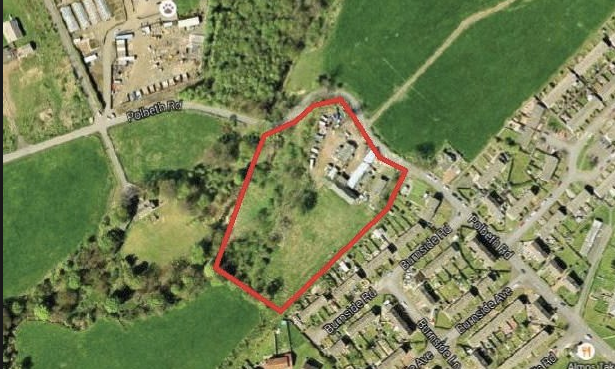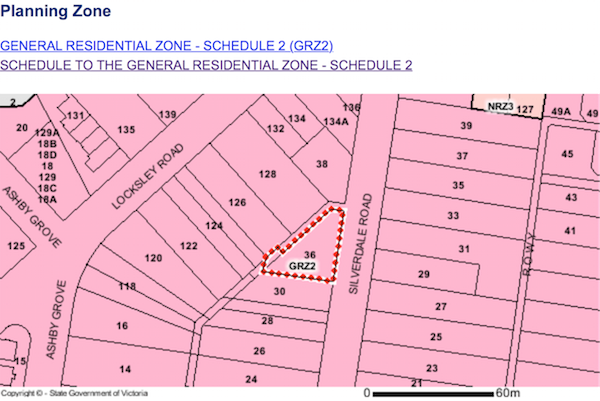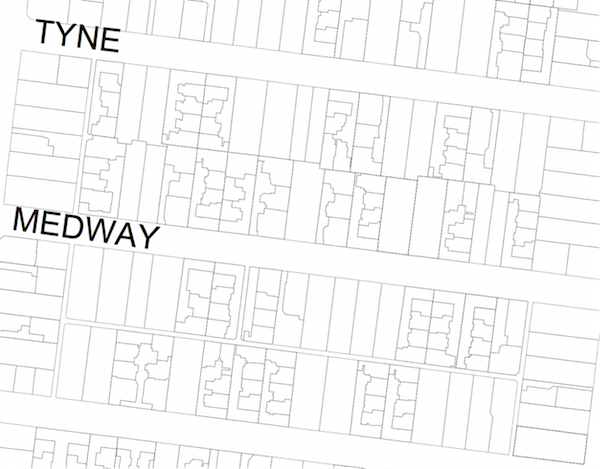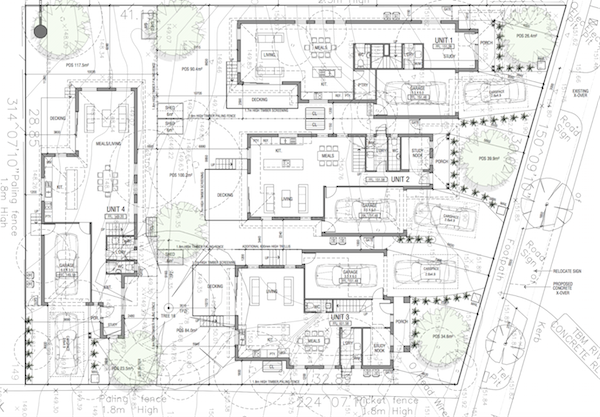Finding A Good Property Development Site
A lot of work goes into finding a good development site - but before you progress to a detailed feasibility study, you'll want a quick method to rule properties in or out of further consideration. The first, and most important question to ask is 'What is Possible on the Block?'
You can largely answer this question with information freely available online. Let's assume that you're searching in the right areas, where near-term capital growth is most likely, and you've found a property that might suit: the online advert features an aerial view of the block; the property looks tired; the copy includes references to development, like STCA (Subject to Council Approval); the price is in your range... So what do you do then?
Go to this site http://services.land.vic.gov.au/landchannel/jsp/reports/ReportsIntro.jsp. Click 'I Agree' at the bottom of page, type the address, and then search. Click next on the following page, then select 'Planning Property Report (No charge)'. Select the Planning Report on the next page, which contains a lot of the information you need to determine site potential.
Start with Planning Zones:
Every council is different in how they apply each Planning Zone, but generally speaking:
Neighbourhood Residential Zones NRZ are the most restrictive re development;
General Residential Zones GRZ are more progressive in relation to density, number of dwellings, maximum heights, open space requirements, etc;
Residential Growth Zones RGZ are areas where apartment and mixed use developments are encouraged.
From a developer's perspective, expect the cost per square meter to rise in-line with the Planning Zones - you'll pay more for sites where you can put 10 apartments than you would for sites where you could only put 2 detached dwellings. Click on the 'Schedule...' link below each zone to learn a bit more about what each Planning Zone means.
If you like the Planning Zone, move onto the Planning Overlays
Think of Planning Overlays as a second, more detailed layer. Multiple Planning Overlays can exist on a single Planning Zone, and they're unique to specific neighbourhoods within each zone (e.g. one block within a GRZ1 area may have a Planning Overlay on it, whereas another block up the road within the same GRZ1 may not). There are plenty of Overlays to be mindful of, but a few more prevalent ones that are particularly relevant to development:
Environment Significance Overlays ESO, Significant Landscape Overlays SLO, and Vegetation Protection Overlays VPO, all, to varying degrees, protect trees and the like. They not only relate to existing landscapes, but impact on the requirements for future developments (e.g. X number of canopy trees per new dwelling).
Heritage Overlays HO identify individual dwellings / parts of dwellings that the Council and/or State consider to be worth keeping for historical purposes. Whack on a lot more money, time, and stress when approaching developments with HOs!
Design and Development Overlays DDO, Design and Development Part Overlays DDOPT, and Development Plan DPO generally relate to areas where denser/higher developments are encouraged. You'll often see DDOs featured prominently in for sale advertisements.
This is another useful website http://services.land.vic.gov.au/landchannel/jsp/map/PlanningMapsIntro.jsp. Instead of property-specific information, it provides a map view of local areas. If you're wondering how two near-identical properties just 3 blocks apart could sell for dramatically different prices, this mapping tool can often provide the answers. For further council-specific information, visit http://planningschemes.dpcd.vic.gov.au/schemes.
Finally, have a look at Precedent (what has been approved in the past).
See this neighbourhood:
There's been a lot of changes imposed by the state government over the last few years that have affected development opportunities, but logic would suggest that the odds are pretty good of developing a block into 4 double story, detached dwellings, about 22 squares in size.
If the property you're considering passes your first few quick tests around Planning Zone, Planning Overlay, and Precedent, I recommend viewing the property. Carve out 5-10 minutes to walk the streets in search of newly built developments, properties currently under construction, and sites with council advertisement signs in front. Take down the addresses, and visit Council Planning Offices to talk specifically about them. Plans are often available to view on screen; ask whether council approved the plans, or VCAT; compare the size and orientation of these blocks with the one you're considering; ask if you're missing anything (e.g. any reason I can't do this on my block?); are there any aspects of the design that the Planner would have changed if he had input into design?
If you ultimately purchase the site you're thinking about, keep these addresses and contact the architect, builder, and/or selling agent to get their insights into the project, and to potentially strike up some professional relationships.
It's hard not to get lost in all of the information from the above sources.
When in doubt, call the Council Planning Office, or visit in person, to talk directly with a knowledgeable public servant. Don't expect much development advice (e.g. how many units can I put on this block); these contacts are mostly useful in understanding all of the publicly available information. I always talk in detail with Council prior to purchasing a development site for myself, or for a client. While I'm pretty knowledgeable with zones, overlays, neighbourhood characters, etc, I often attend Council offices in person, in order to get the most information possible.
If, after going through zones and overlays, and examining surrounding development, I reckon there's something in the site, I then begin a Project Feasibility study.
Original article: http://www.apimagazine.com.au/property-investment/finding-a-good-property-development-site



